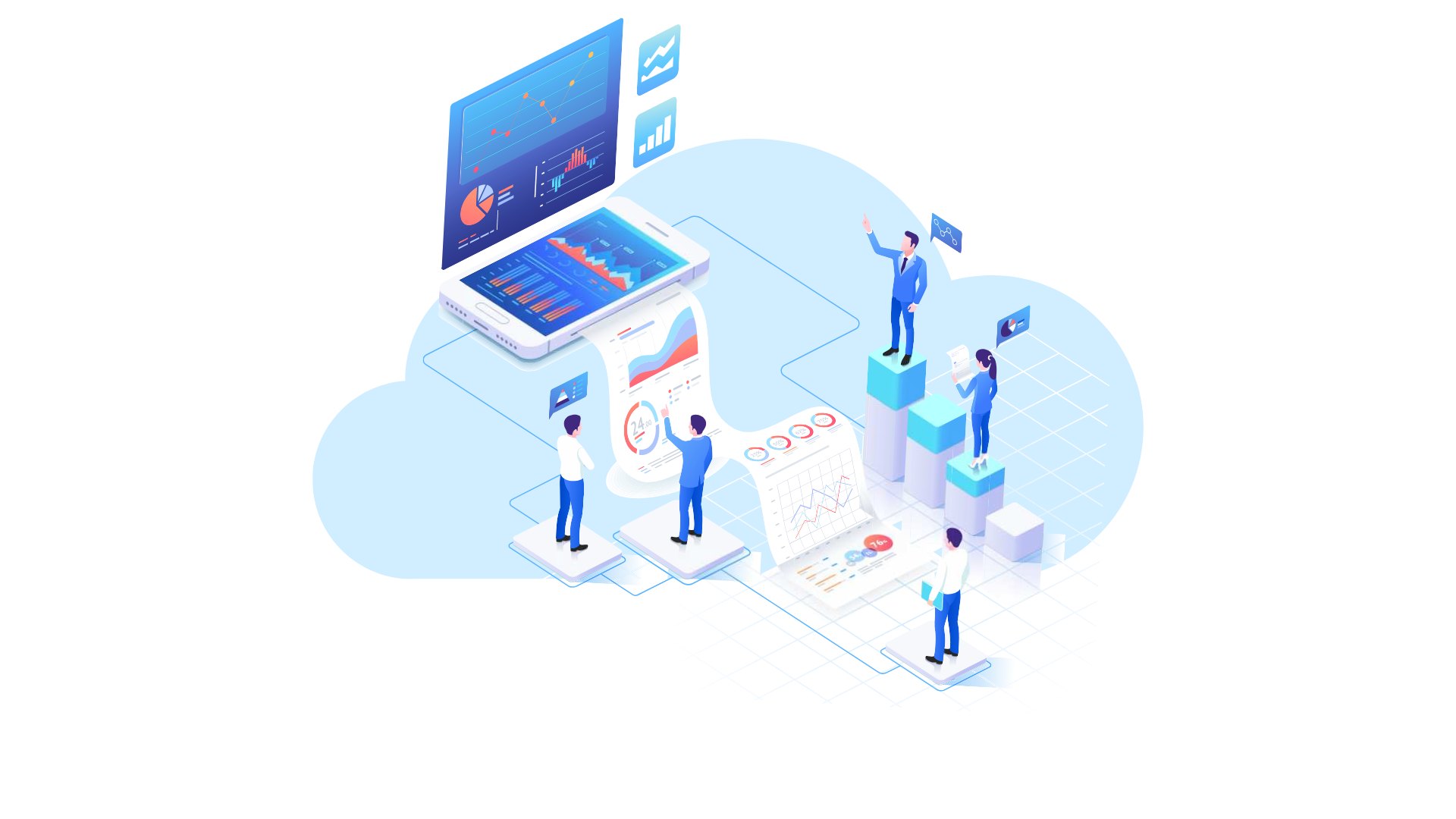 By: John Abhilash / July 9, 2024
By: John Abhilash / July 9, 2024
Application hardening is a comprehensive process of enhancing the security of software applications to protect them against various cyber threats and vulnerabilities. In today’s rapidly evolving digital landscape, application hardening is crucial for protecting your software and data from increasingly sophisticated cyber threats. Let’s explore ten proven techniques that can significantly enhance your application’s security posture.
Secure coding is the foundation of application hardening. By following best practices during development, you can prevent many common vulnerabilities before they become issues.
Input Validation: Validate all user inputs to prevent injection attacks.
Output Encoding: Encode all output to prevent cross-site scripting (XSS) attacks.
Proper Error Handling: Implement error handling that doesn’t reveal sensitive information.
Least Privilege Principle: Design applications to run with the minimum necessary permissions.
Use static application security testing (SAST) tools like SonarQube or Checkmarx to automatically identify potential security issues in your code. Integrate these tools into your development pipeline for continuous security checks.
Robust authentication and authorization mechanisms are critical for preventing unauthorized access to your application and its data.
Multi-Factor Authentication (MFA): Implement MFA to add an extra layer of security beyond passwords.
OAuth 2.0 and OpenID Connect: Use these protocols for secure authorization and authentication in web applications.
Strong Password Policies: Enforce complex passwords and consider implementing password managers.
Secure Session Management: Implement proper session handling with secure timeout and invalidation procedures.
Google implemented mandatory 2-Step Verification for all users in 2021, resulting in a 50% decrease in account compromises.
Source: Google Security Blog
Encryption is crucial for protecting sensitive data from unauthorized access or tampering, both when it’s being transmitted and when it’s stored.
Use TLS 1.3 or TLS 1.2 for all network communications
Implement AES-256 for data at rest
Use proper key management techniques, consider using Hardware Security Modules (HSMs) for key storage
Implement perfect forward secrecy in TLS configurations
Regularly audit your encryption implementations and keep up with the latest cryptographic standards and best practices. The landscape of cryptography is always evolving, and what’s secure today might not be tomorrow.
Comprehensive logging and monitoring are essential for detecting and responding to security incidents promptly. They also play a crucial role in forensic analysis after an incident.
Centralized Logging: Use a centralized logging system to aggregate logs from all components of your application.
Security Information and Event Management (SIEM): Implement a SIEM solution for real-time analysis of security alerts.
Anomaly Detection: Use machine learning-based tools to detect unusual patterns that might indicate a security breach.
Log Integrity: Ensure that logs are tamper-proof and implement access controls on log data.
Consider using the ELK stack (Elasticsearch, Logstash, and Kibana) for powerful log management and analysis capabilities. It’s highly scalable and can handle large volumes of log data effectively.
Conduct regular security assessments to identify and address vulnerabilities in your application. This proactive approach helps you stay ahead of potential attackers.
Vulnerability Scanning: Use automated tools to regularly scan for known vulnerabilities.
Penetration Testing: Engage ethical hackers to simulate real-world attacks on your application.
Code Reviews: Conduct regular code reviews focusing on security aspects.
Threat Modeling: Perform threat modeling exercises to identify potential security risks in your application’s design.
Aim for quarterly vulnerability assessments and annual penetration tests. Remember, security is an ongoing process, not a one-time event.
A Web Application Firewall can provide an additional layer of protection against common web-based attacks, acting as a shield for your application.
Protection against OWASP Top 10 vulnerabilities
DDoS mitigation
Bot protection
Real-time monitoring and alerting
Virtual patching for zero-day vulnerabilities
Acquired by Dropbox, HelloSign faced the challenge of securing sensitive user data like PII and payment information. By leveraging their existing AWS infrastructure, HelloSign implemented a comprehensive suite of AWS security services like Amazon Macie for data protection, AWS WAF for web application security, and AWS Shield for DDoS mitigation. This not only bolstered their security posture but also streamlined workflows through automation, saving them an estimated $1 million annually and demonstrating the effectiveness of cloud-based security solutions.
Source: Dropbox Security White Paper/
RASP technology integrates with your application to detect and prevent real-time attacks, providing an additional layer of security that operates from within the application itself.
Monitors application behavior during execution
Detects deviations from expected behavior
Takes immediate action to prevent exploits, such as terminating user sessions or shutting down the application
While RASP is powerful, it should be used in conjunction with other security measures, not as a standalone solution. It’s particularly effective when combined with WAF and proper input validation.
Proper configuration management ensures that all components of your application are configured securely, reducing the attack surface.
Use configuration management tools like Ansible, Puppet, or Chef
Implement the principle of least privilege in all configurations
Regularly audit and update configurations
Use version control for configuration files
Implement a change management process for configuration changes
OpenSCAP is an excellent tool for creating and maintaining secure configurations across your infrastructure. It provides a standardized approach to maintaining secure configurations.
Integrating security into your DevOps processes ensures that security is considered at every stage of the development lifecycle, not just as an afterthought.
Shift Left: Move security testing earlier in the development process
Automate Security: Implement automated security testing in your CI/CD pipeline
Continuous Monitoring: Implement ongoing security monitoring in production
Security as Code: Treat security configurations and policies as code, versioning them alongside application code
Netflix developed Security Monkey, an open-source tool for monitoring AWS configurations, as part of their DevSecOps approach. This tool has helped them maintain secure configurations across their vast cloud infrastructure.
Source: Netflix Technology Blog
If your application is cloud-based, take steps to harden your cloud infrastructure. Cloud environments introduce unique security challenges that need to be addressed.
Use cloud-native security services provided by your cloud provider
Implement proper network segmentation and security groups
Enable cloud-native encryption and key management services
Regularly audit your cloud configurations and permissions
Implement strong Identity and Access Management (IAM) policies
Use multi-factor authentication for cloud account access
To streamline the application hardening process, consider using automated tools such as:
OWASP Dependency-Check: For identifying vulnerabilities in third-party libraries
Lynis: For system hardening and compliance testing
Nessus: For comprehensive vulnerability scanning
Ansible: For automated security configuration management
These tools can significantly reduce the manual effort required for application hardening while ensuring consistency across your infrastructure.
Consider adopting established hardening frameworks to guide your efforts:
OWASP ASVS (Application Security Verification Standard): Provides a comprehensive checklist of security requirements and controls for secure application development.
CIS Benchmarks: Offers detailed configuration guidelines for securing operating systems, software applications, and network devices.
NIST SP 800-53: A set of security and privacy controls for federal information systems and organizations, applicable to application hardening.
Microsoft Security Development Lifecycle (SDL): A security assurance process that focuses on software development, emphasizing security at every phase of the development lifecycle.
SANS/CWE Top 25: A list of the most common and dangerous software vulnerabilities, along with mitigation techniques.
PCI-DSS (Payment Card Industry Data Security Standard): Specifies security measures for organizations that handle credit card transactions, relevant for securing applications involved in payment processing.
These frameworks provide comprehensive guidelines for implementing robust security measures across your organization.
Conclusion:
Application hardening is paramount in today’s cybersecurity landscape, focusing on fortifying software against evolving threats. By implementing secure coding practices, robust authentication mechanisms, encryption, comprehensive logging, and continuous security assessments, organizations can enhance their application’s resilience. Embracing DevSecOps practices and leveraging technologies like WAF, RASP, and secure configuration management further strengthens defenses. Ultimately, adopting a proactive approach to application hardening ensures data integrity, mitigates risks, and safeguards against malicious exploits, making security a foundational aspect of software development and deployment.
Check Out our Other Resources : Master ASPM :Build a secure strategy
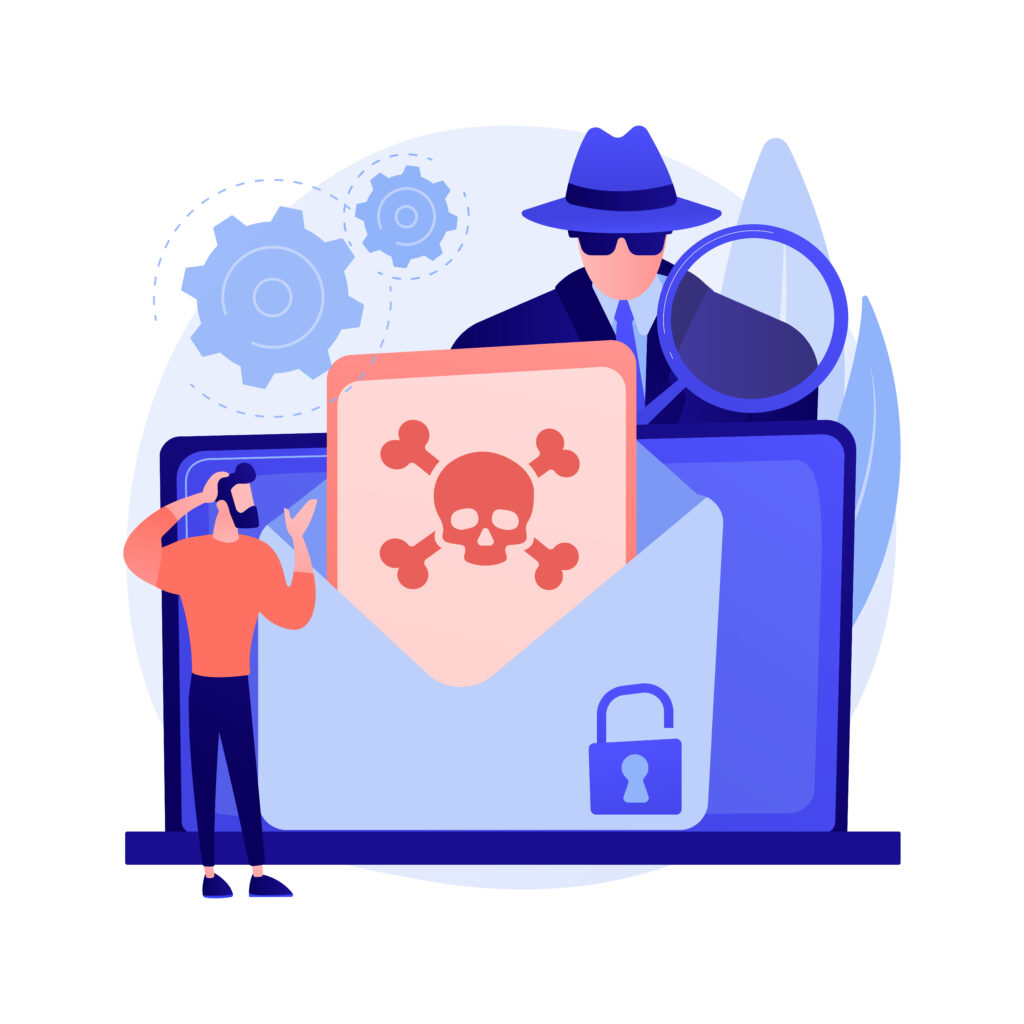
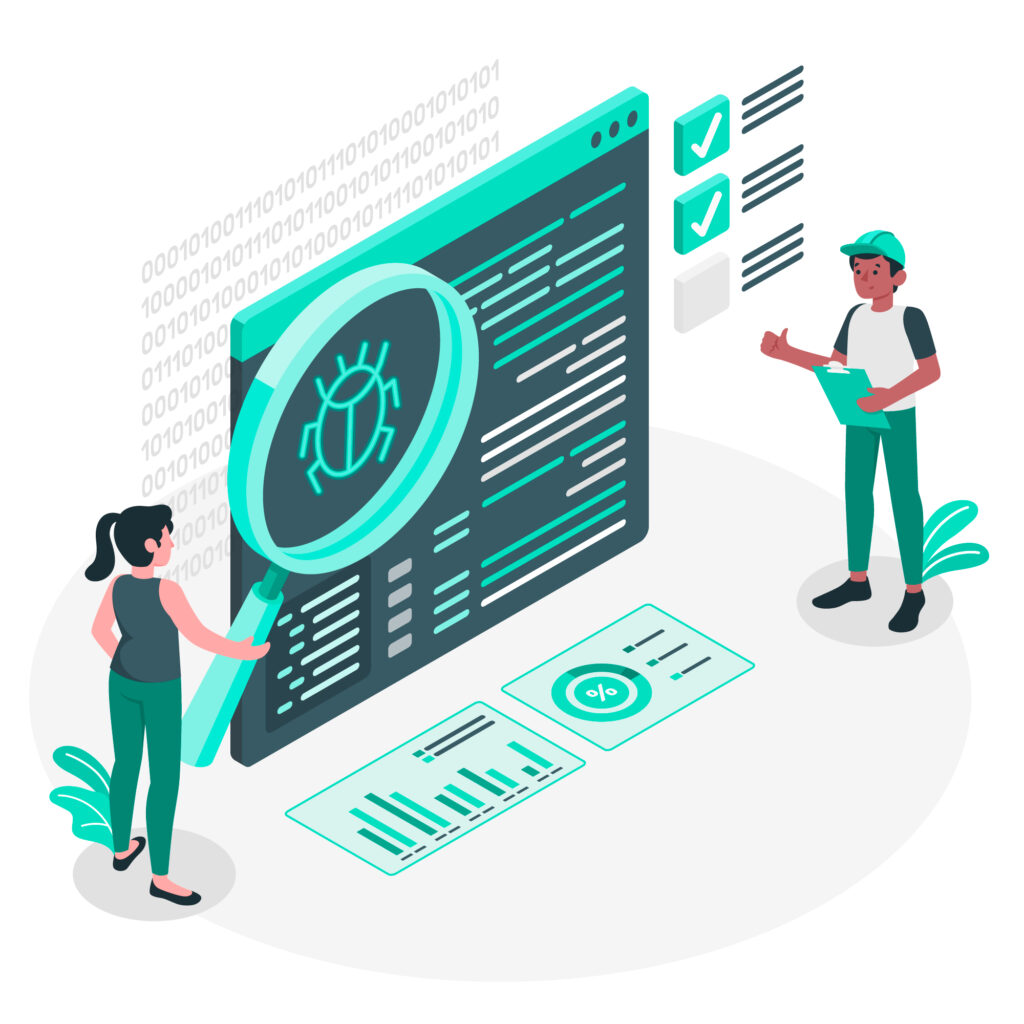
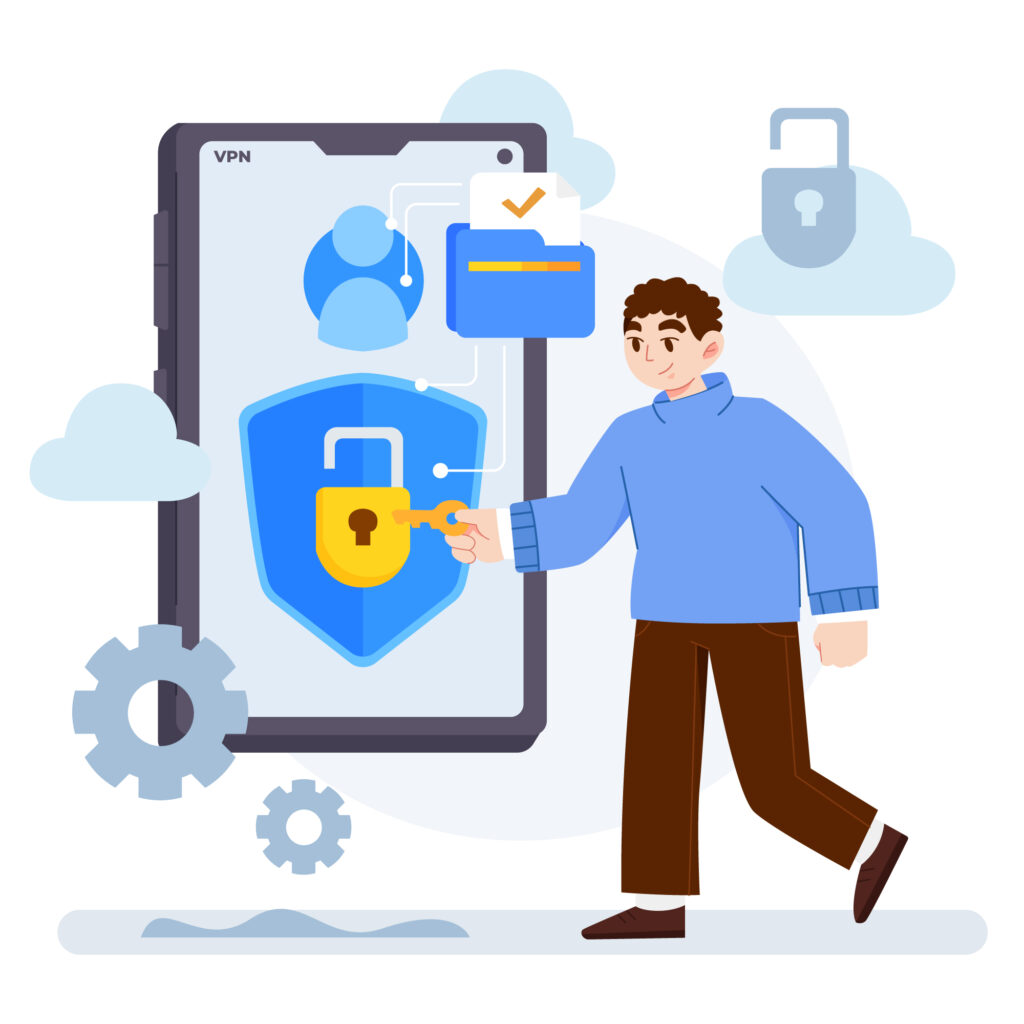
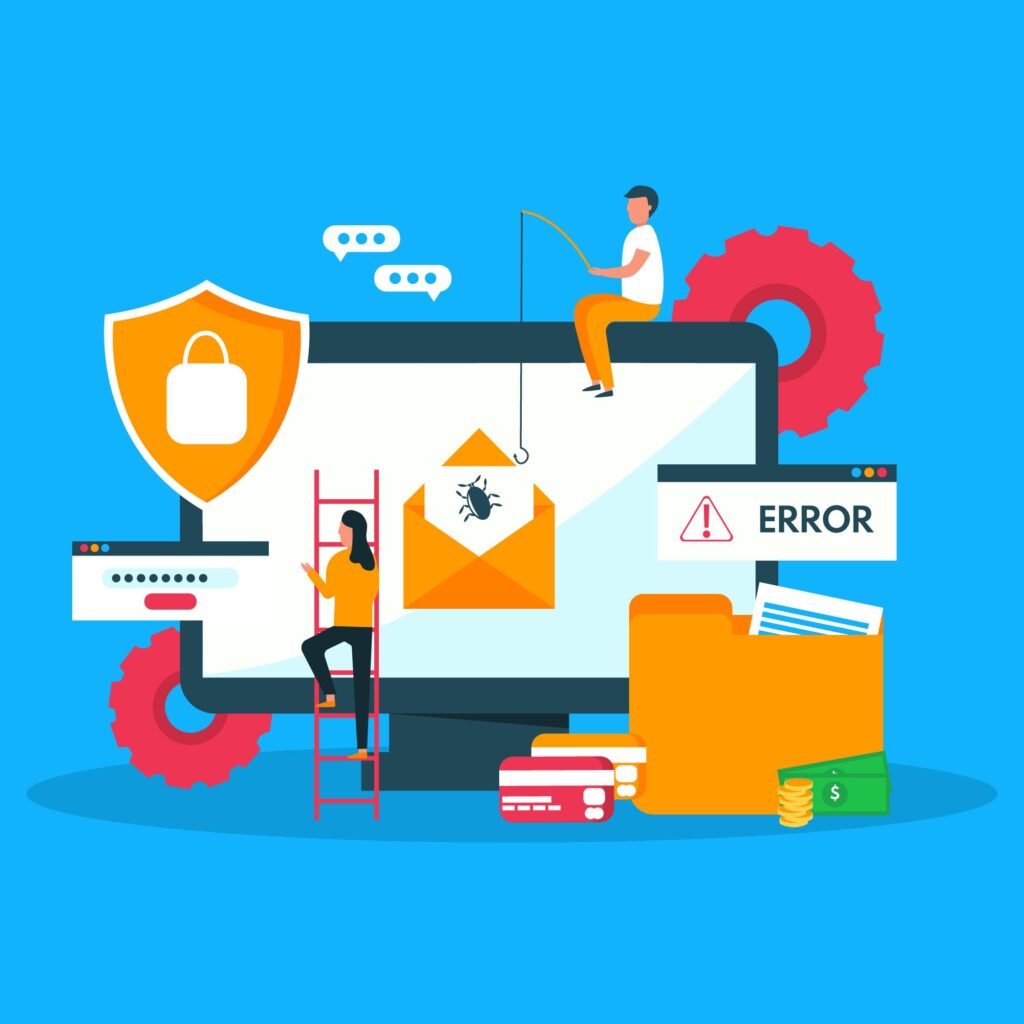

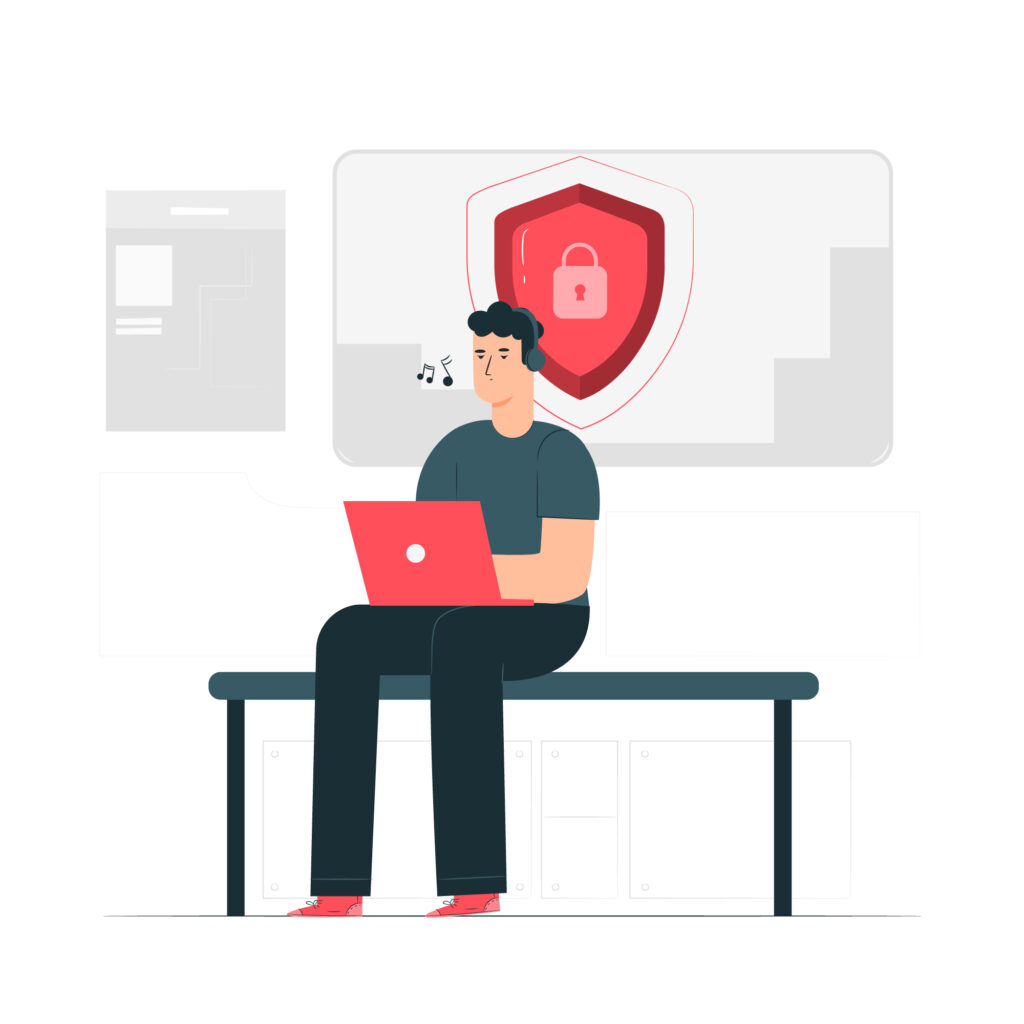

Leave a Comment